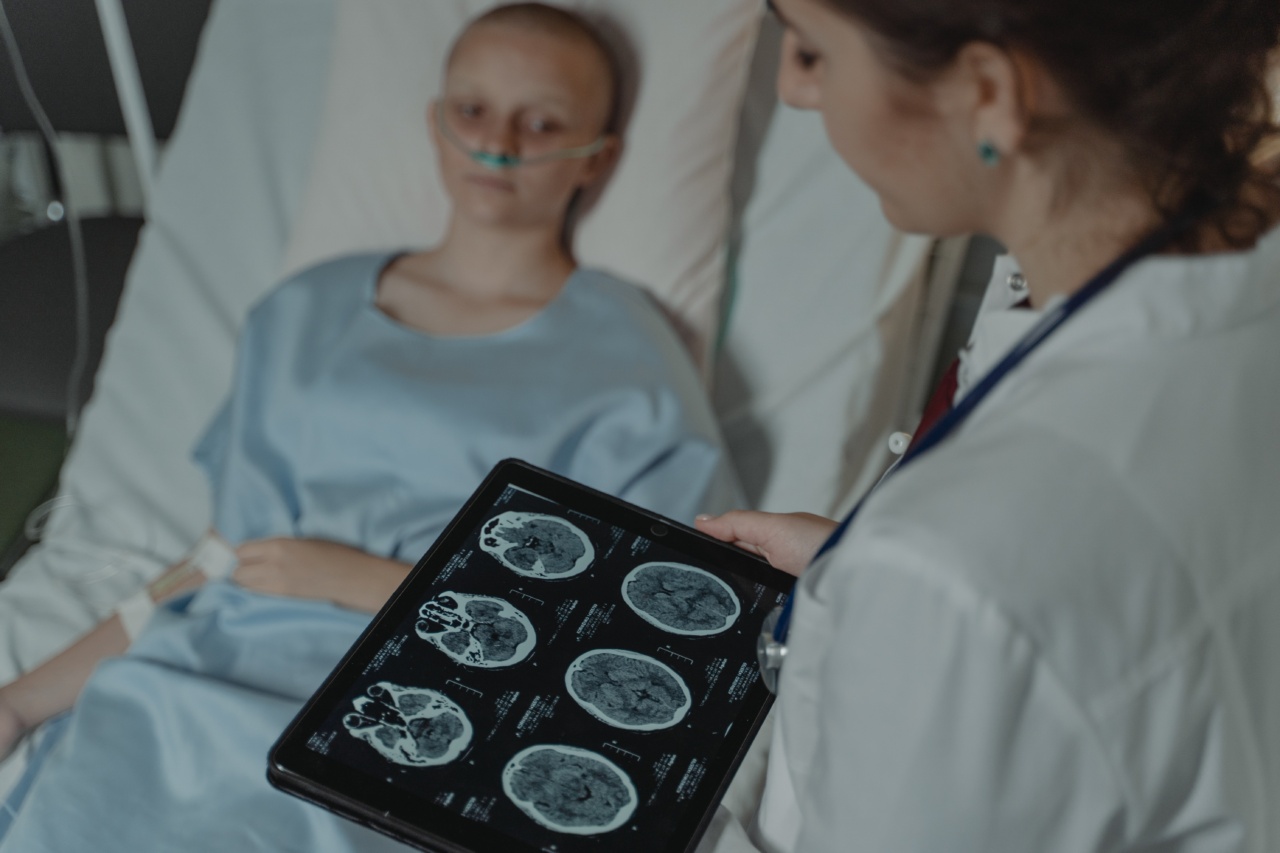Diagnosing cancer can be a difficult and complex process. It often requires a combination of imaging, biopsy, laboratory testing, and other diagnostic procedures. One of the most important tools in the diagnostic arsenal is medical imaging.
What is Medical Imaging?
Medical imaging refers to various techniques used to create visual representations of the interior of a body for diagnostic and therapeutic purposes.
Medical imaging is used to identify, diagnose and treat a range of health conditions, including cancer.
The Role of Medical Imaging in Cancer Diagnosis
Medical imaging plays a critical role in the diagnosis, staging, and treatment of cancer. It is used at all stages of the disease, from the initial screening to the assessment of treatment response and follow-up.
There are several types of medical imaging that are commonly used in the diagnosis and treatment of cancer, including:.
X-rays
X-rays are a type of electromagnetic radiation that can penetrate the body and create images of the internal structures. They are commonly used to detect abnormalities in bones and other dense tissues.
X-rays are used in the diagnosis of several types of cancer, including lung cancer, breast cancer, and bone cancer.
MRI
Magnetic resonance imaging (MRI) is a medical imaging technique that uses a strong magnetic field and radio waves to create detailed images of the internal structures of the body.
MRI is often used in the diagnosis and staging of brain cancer, breast cancer, and prostate cancer, among other types of cancer.
PET
Positron emission tomography (PET) is a medical imaging technique that uses a small amount of a radioactive substance called a tracer to show how the cells in the body are functioning.
PET is often used to identify cancer cells, assess the extent of the cancer, and monitor treatment response.
CT
Computed tomography (CT) is a medical imaging technique that uses X-rays and computer software to create detailed images of the body. CT scans are used in the diagnosis and staging of cancer, as well as in the monitoring of treatment response.
Ultrasound
Ultrasound imaging uses high-frequency sound waves to create images of the internal structures of the body. Ultrasound is often used to detect tumors and other abnormalities in the breast, thyroid, prostate, and other organs.
Benefits and Limitations of Medical Imaging in Cancer Diagnosis
Medical imaging has many benefits in the diagnosis and treatment of cancer. It can help detect cancer early, before symptoms become apparent.
It can also help determine the stage of the cancer, which is important for choosing the most appropriate treatment. In addition, medical imaging can be used to monitor the effectiveness of treatment and to detect any recurrence of cancer.
However, medical imaging also has some limitations. It is not always accurate or conclusive, and false positives and false negatives can occur. In addition, medical imaging often involves exposure to radiation, which can increase the risk of cancer.
Conclusion
Medical imaging is a critical tool in the diagnosis and treatment of cancer. It provides valuable information about the nature and extent of the disease, and helps guide treatment decisions.
However, medical imaging also has some limitations and potential risks, and should be used judiciously and with caution.























